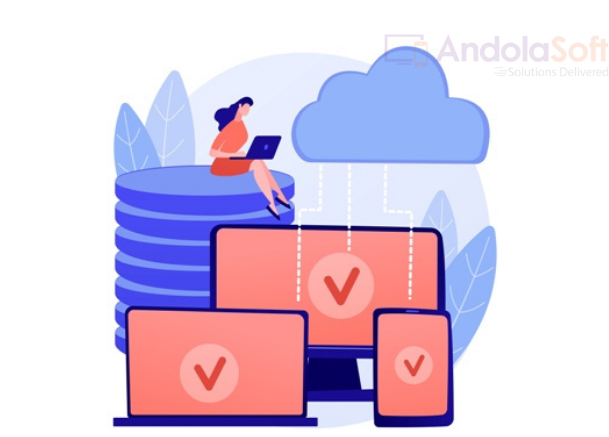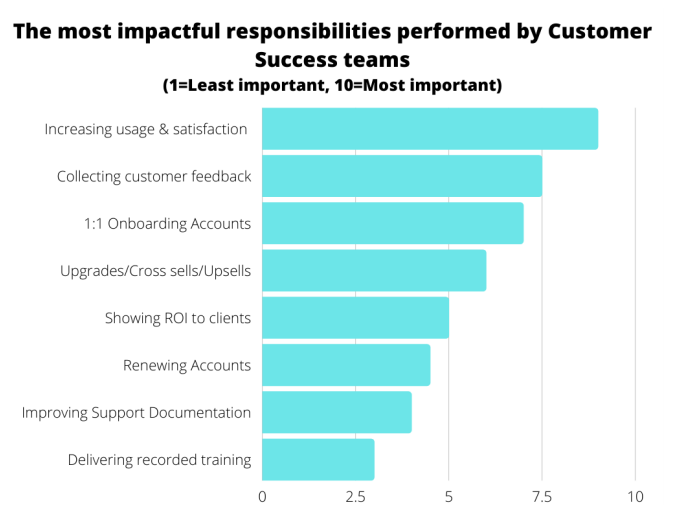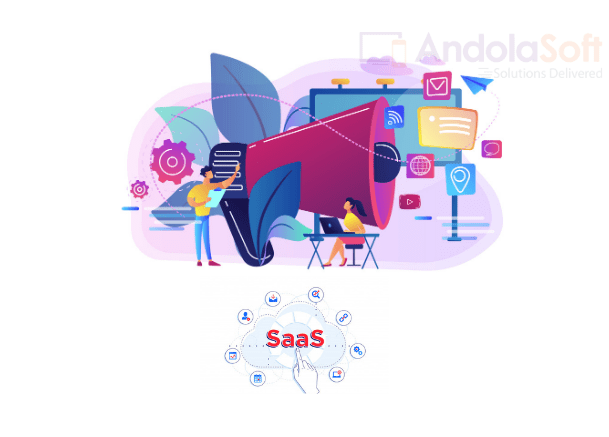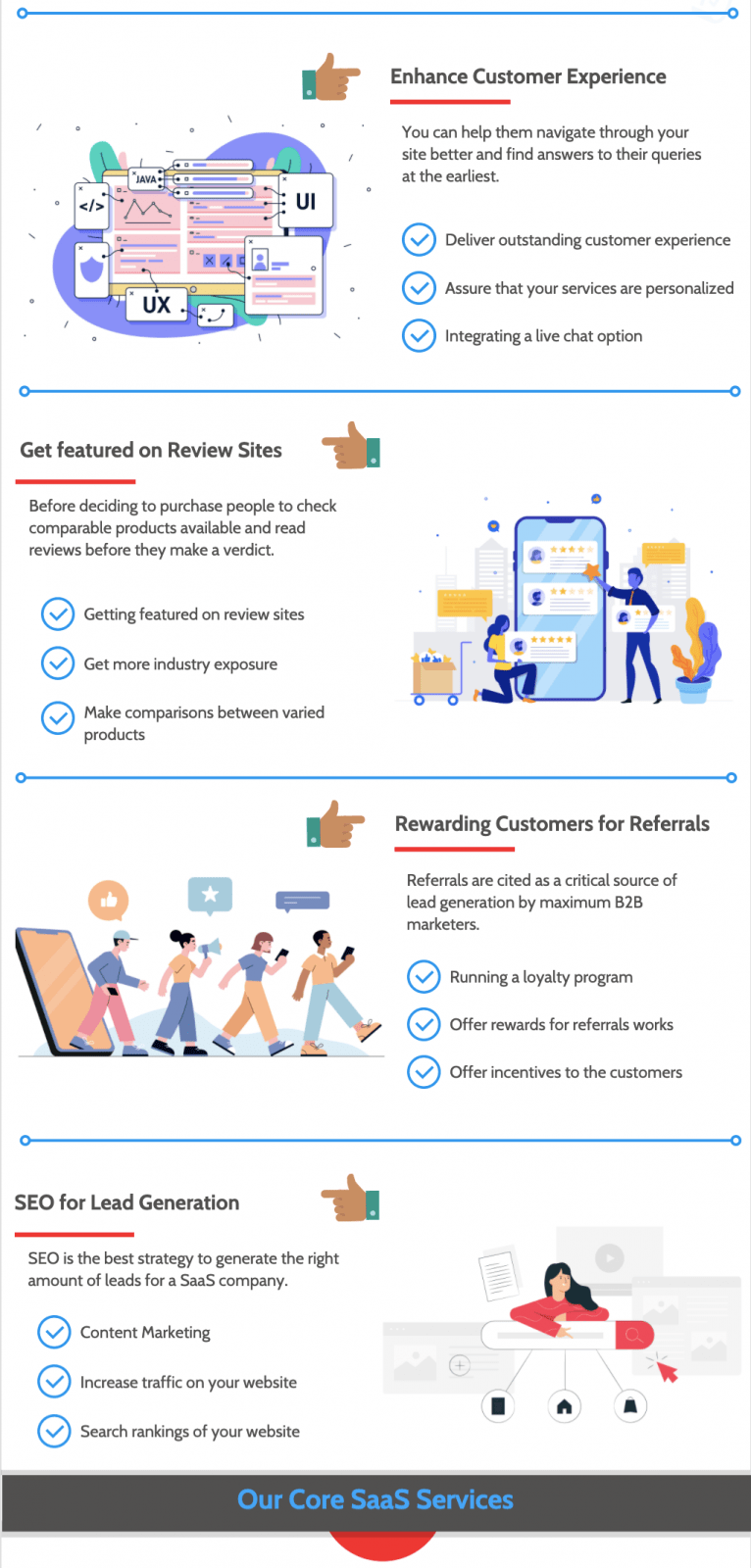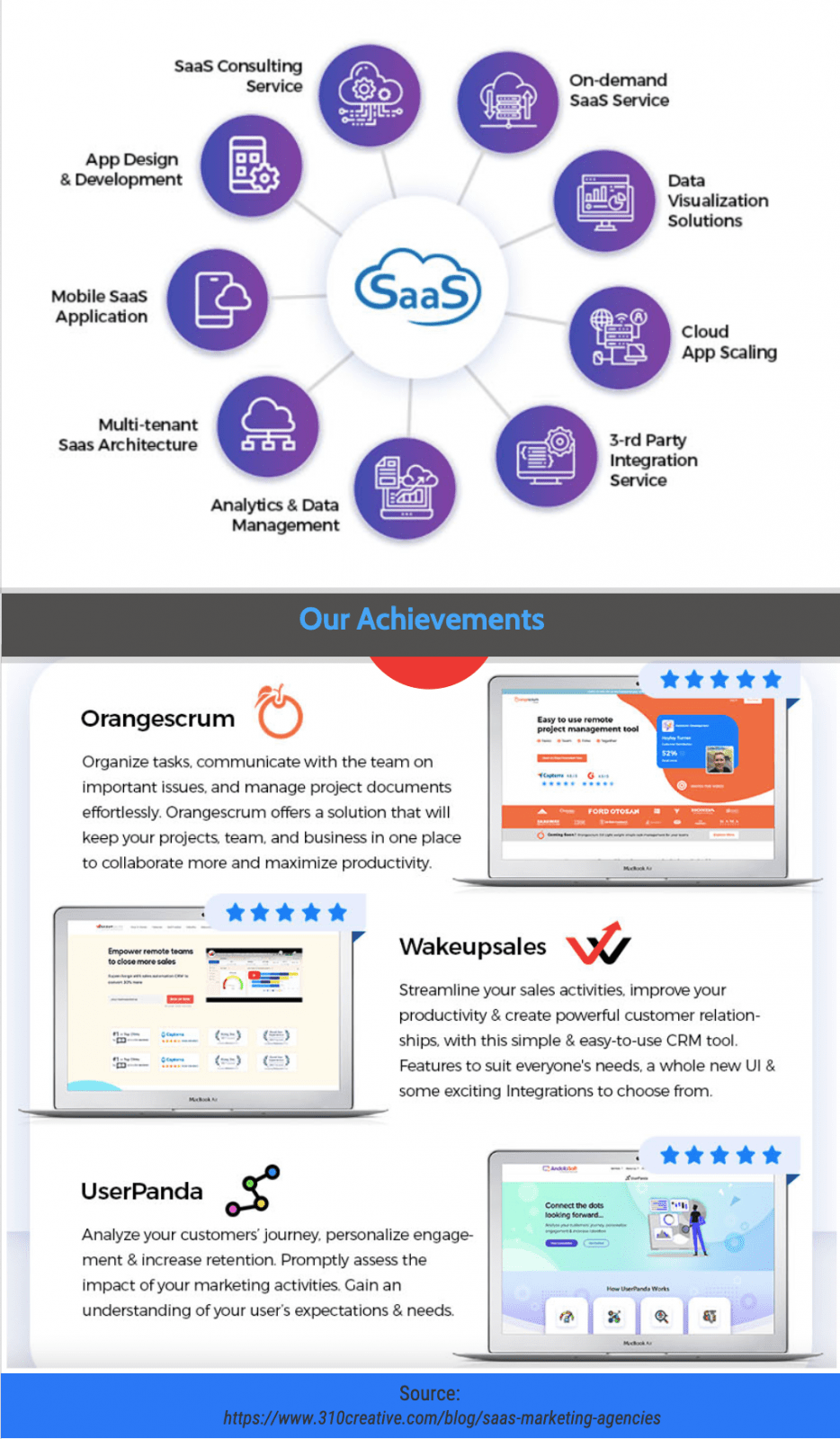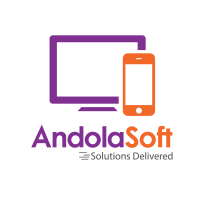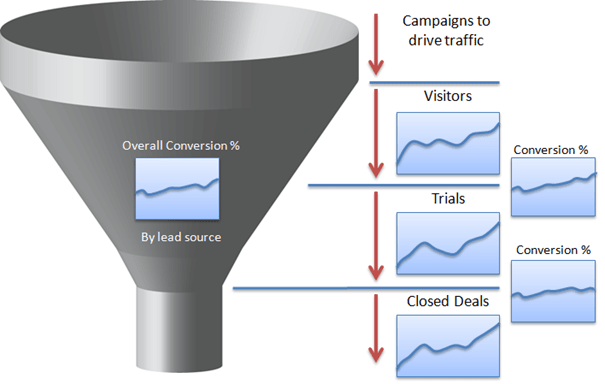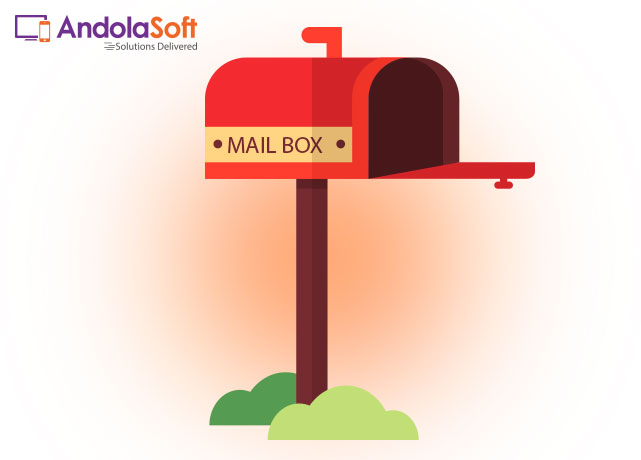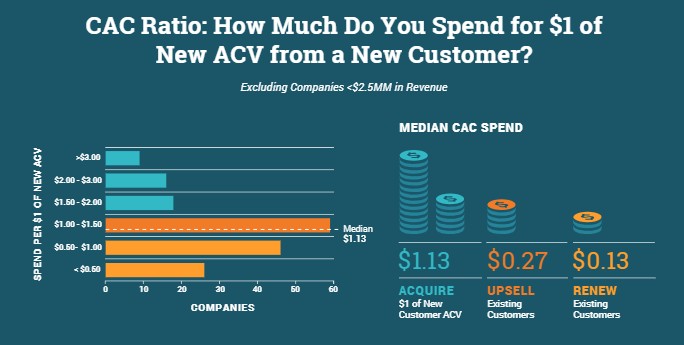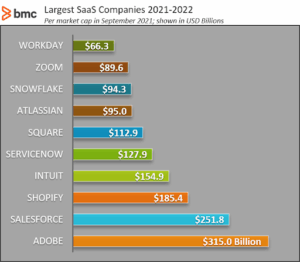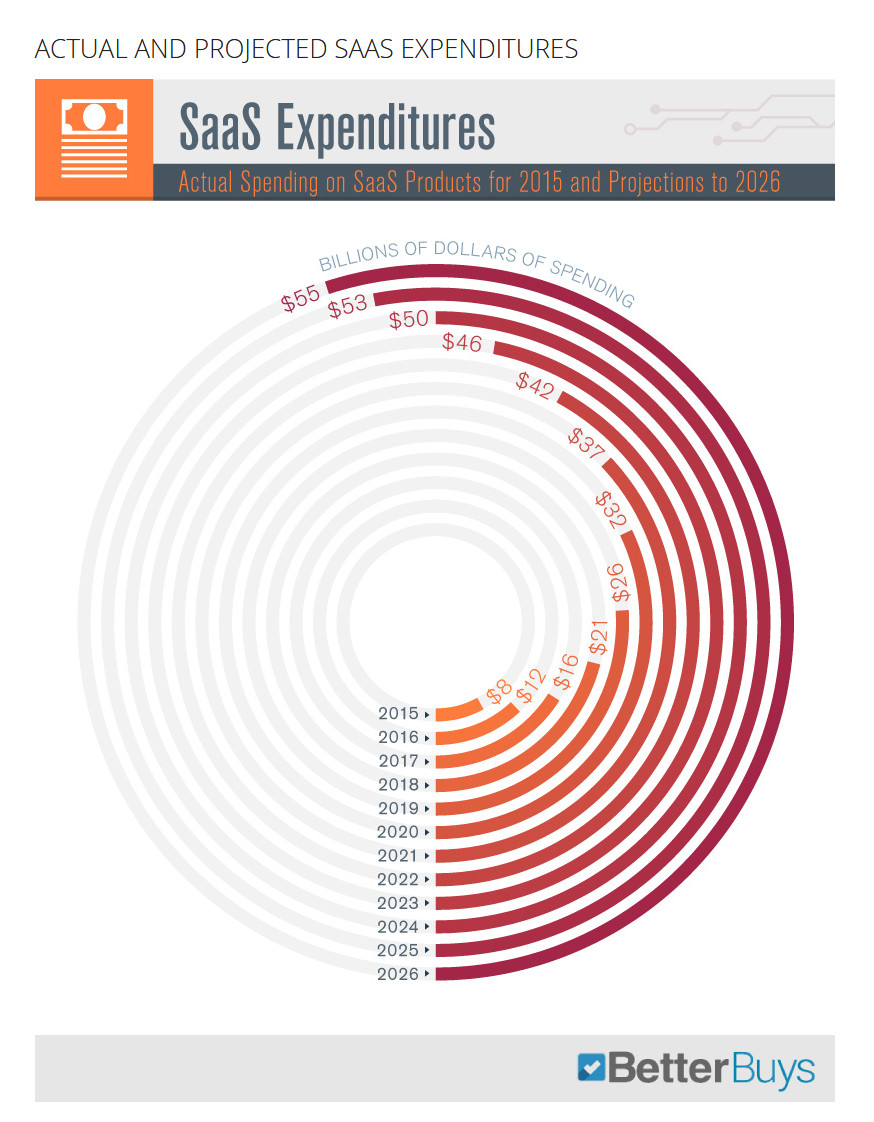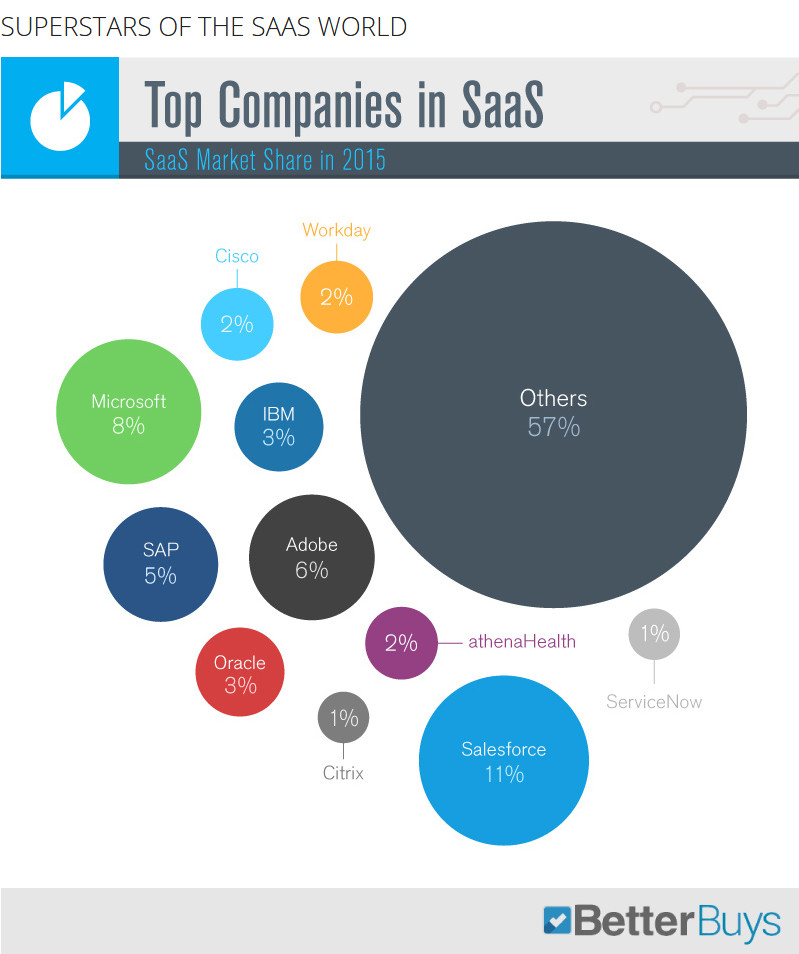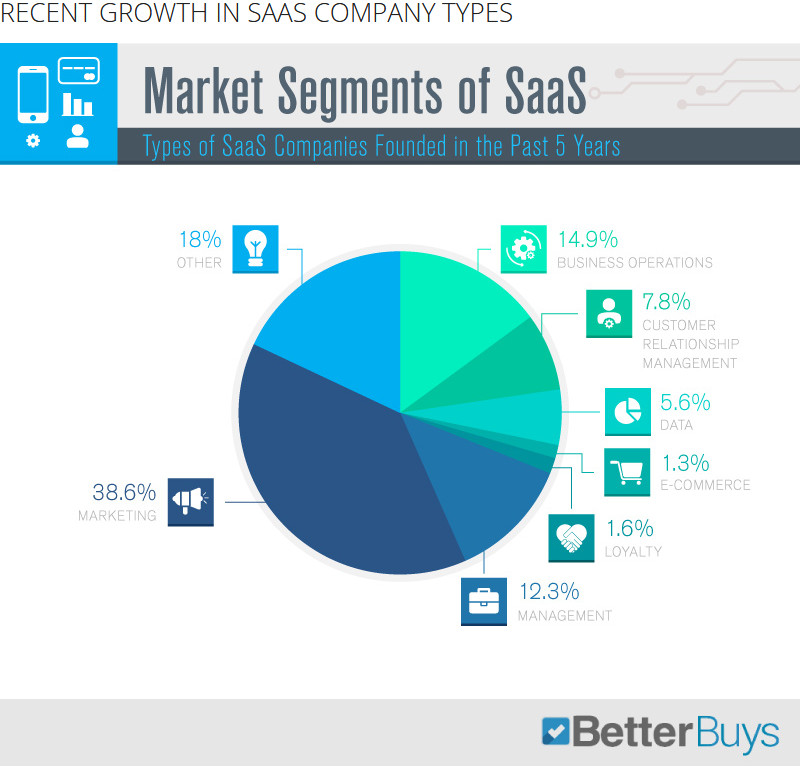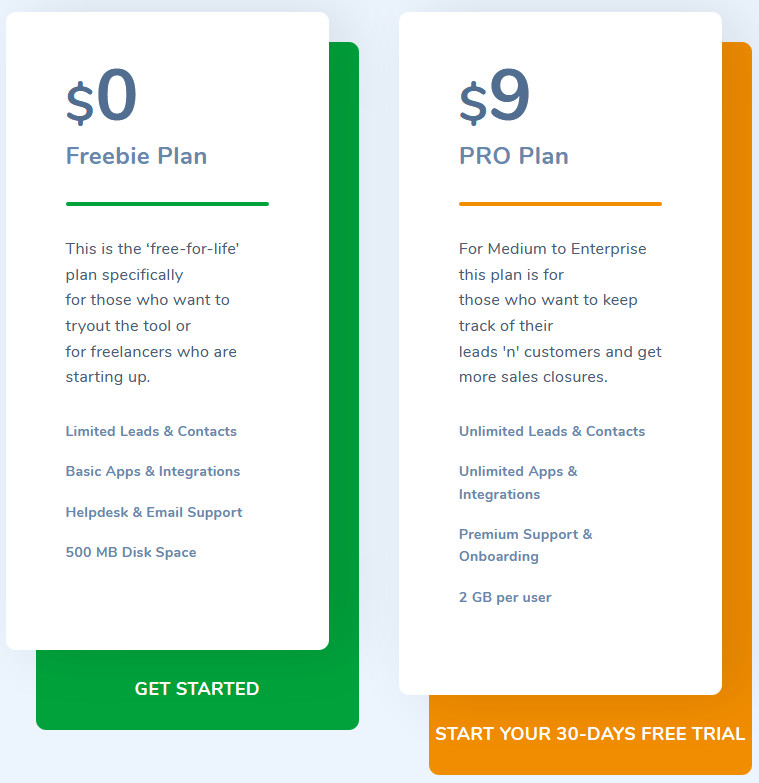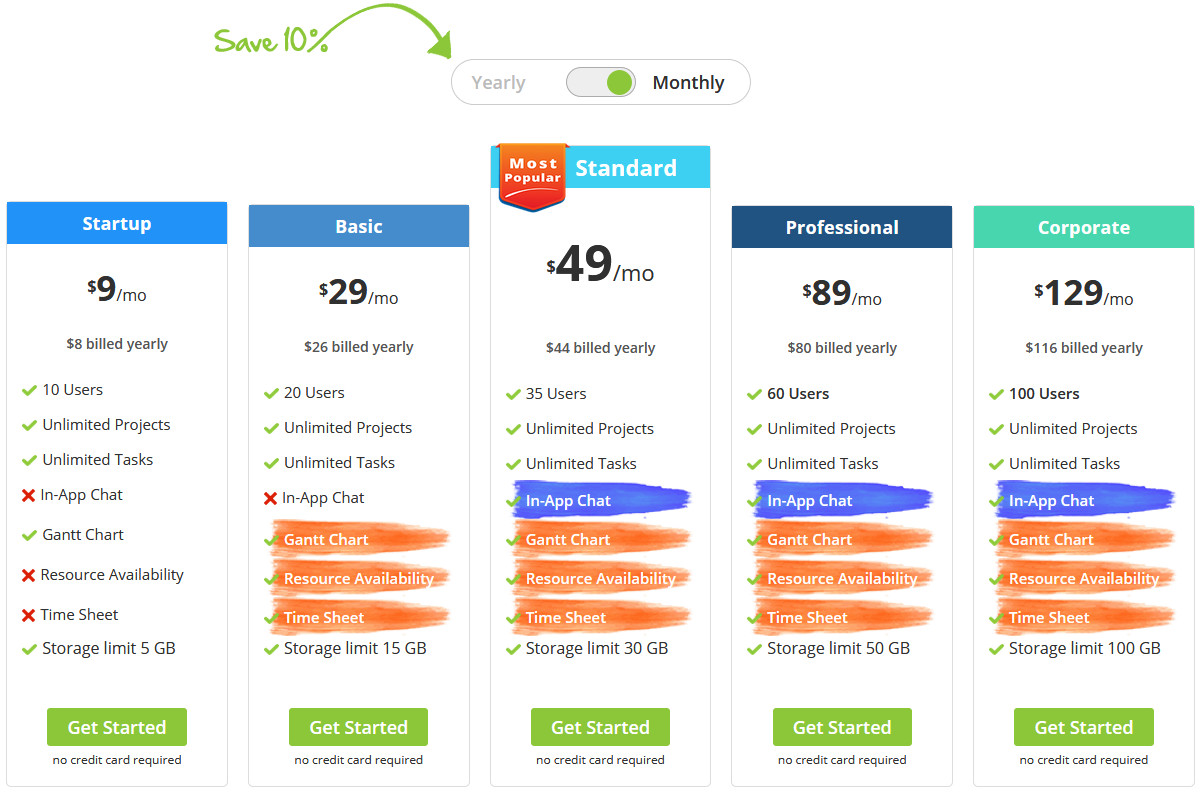The SaaS (Software as a Service) industry has gained a competitive edge over the last few years, thanks to its customer retention and growth that has transformed the face of businesses today.
Needless to say, the inclusion of Customer Success is a crucial contributor to the success of any SaaS platform.
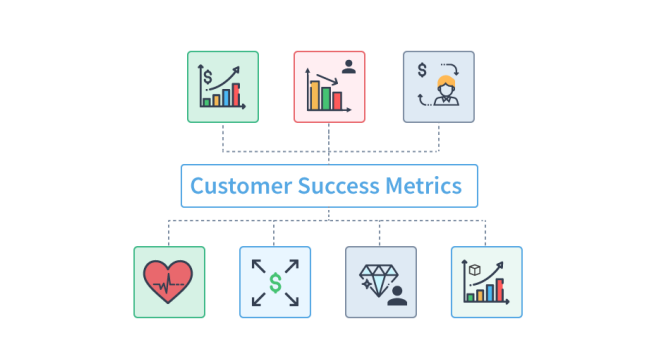
What Is Customer Success?
The most cited definition by a Customer Success Consultant, Lincoln Murphy states – “Customer Success is when your customers achieve their Desired Outcome through their interactions with your company.”
To ensure the success of their product, the subscription-based model in SaaS has radically changed the game for a lot of businesses, more so due to its frequent touch points with customers that require an on-going effort.
Deemed as a game-changer, Customer Success in SaaS majorly contributes to boosting conversions, raising the bar for customer satisfaction, and reducing churn rates.
Additionally, proactively anticipating potential issues rather than waiting for actual issues eliminates future escalations.
Never miss an update for us. Join 10,000+ marketers and leaders.
There Are 3 Key Takeaways From This Article That Focus On:
- How Customer Success Teams contribute towards the SaaS growth
- Customer Success Statistics in SaaS platforms
- Customer Success Metrics that are responsible for SaaS growth
Customer Success Teams Contribute Towards The SaaS Growth In:
- Guiding customers in the new sign-up process.
- Converting trial customers to paying customers.
- Upfront demonstration of the product value.
- Prompting for concrete feedback in real-time.
- Updating paying customers and ensuring customer satisfaction with the product or service.
- Influencing customers to love your product or service to make them loyal brand ambassadors.
- Fostering relationships with customers’ businesses.
- Increasing revenue and reducing churn throughout the Customer Success cycle.
How Important Is Customer Success In SaaS?
In the words of Jason Lemkin, the founder of EchoSign, “Customer success is where 90% of the revenue is.”
This translates to Customer Success serving as a solid growth driver for SaaS companies.
Research conducted by Databox found a myriad of answers for gauging the success of customer success efforts.
This ranged from collecting customer feedback to renewing accounts to upgrading and upselling to customers.
Let’s check the figures –
Smart Karrot’s statistical report on Customer Success statistics mentions that improving customer retention by just 5% can accelerate a company’s profits by as much as 95%.
Moreover, 70 to 90% of the profit generated by SaaS companies often comes from renewals, upsells, and after-sales services.
According to Bain & Co.’s study, exceptional customer success programs blended with key account management increase profit up to 95%.
With all that said, the investment needed to land new customers falls between and 25 times more expensive compared to new customer retention processes.
After considerable evaluation, the following 7 Metrics prove why Customer Success should not be taken lightly by SaaS companies.
In other words, how Customer Success is a major contributor to SaaS success can be determined by some vital parameters that can make or break your SaaS efforts.
7 Solid Customer Success Metrics For SaaS Success
1. First Contact Resolution:
Resolving the customer’s issue in a single interaction through a phone call, email, or a live chat session reduces the spillover effects of escalations. Needless to say, escalations are way threatening to ignore.
As Jeremy Watkin of 8×8 mentioned, “First contact resolution highly correlates with customer satisfaction. The higher your FCR, the more positive your customer experience and the higher your customers’ lifetime value (LTV).”
This means the absence of a First point of contact.
Contact Resolution equates to poor customer service. The inclusion of FCR on the other hand offers an easy passage to eliminate future complaints of your SaaS.
2. Educating Your Customers Upfront:
The SaaS’s growth strategy primarily focuses on easing the customers’ initial hiccups.
A user-friendly approach and your product offering are vital for SaaS success.
To eliminate the horror or escalations that might crowd the customer support phone lines, it’s always advisable to brainstorm the possible issues or questions that users might come up with.
3. CSAT (Customer Satisfaction):
Happy Customers + Product Recommendation = Increased Revenue. It’s self-explanatory that Customer Satisfaction is the primary reason why Customer Success exists in the first place.
Much of Customer satisfaction involves ‘quick’ resolution to unexpected issues brought up by customers and prospects for inquiries.
You don’t want to be judged by your prospects for poor or slow customer service, which is why satisfaction holds prime importance.
4. Upsells And Cross-Sells:
The customer’s churn rate is a blessing in disguise while up-selling your premium products and tools.
Why?
Upselling helps SaaS companies if there’s a requirement for new development or improvement in the existing offering.
Additionally, a happy customer won’t wander online to find your competitors’ tools.
A SaaS company’s profitability hinges on low churn rates and recurring revenue.
Upselling and cross-selling provide an impetus of innovation which makes it easier to sell to the existing customers than the new prospects.
A single sale turns to multiple purchases when your Customer Success team is well acquainted with your customers’ needs.
5. Brand Recommendation:
Customer loyalty leads to brand recommendation. Customer Lifetime Value translates to Customer Loyalty that in turn increases your product value.
Acquiring new customers costs almost 5 times more than retaining existing ones. CLV is one of the key metrics
that focus on the value of the customer over the monitory gain you achieve with their purchase.
The ultimate reason for including CLV in the SaaS growth strategy is retaining existing customers and attracting new ones, moreover, the profit margins are also maintained.
It also helps companies measure ROI for every new customer that in turn helps sales and marketing budget estimation.
6. Net Promoter Score (NPS):
How likely is your SaaS entitled to referrals? NPS is essentially one of the most important customer-oriented metrics as it helps companies gauge customer loyalty stats.
Net Promoter Score is a loyalty program in which surveys are filled out by the customers who in turn advocate for you and share their success stories with their colleagues.
However, the unsatisfied ones won’t bat an eye.
After the NPS survey results are out, they’re grouped into 3 distinct categories, namely:
- Promoters (Those customers that are likely to buy and promote)
- Passives (Those who have no strong opinions)
- and Detractors (Those that could be at risk for churn)
7. Churn Rate:
From a retention point of view, Churn essentially measures how many customers the company loses over a given time frame.
Churn rate is measured in terms of a dollar value lost or a number of customers lost.
I’ve worked with the team at AndolaSoft on multiple websites. They are professional, responsive, & easy to work with. I’ve had great experiences & would recommend their services to anyone.
Ruthie Miller, Sr. Mktg. Specialist
Salesforce, Houston, Texas

Parting Words
SaaS Success begins with Customer Success.
Your SaaS company is unique and so should your customers feel about themselves and your services.
The exceptional support you provide to your customers would go a long way to retain them and help them spread the word.
Armed with this mindset, every SaaS platform today is on its way to greater success.
All in all, the final verdict is that Customer Success translates to SaaS Success.
What are your thoughts about the contribution of Customer Success in the SaaS space?
Are you looking to develop a SaaS application! Lets Discuss
